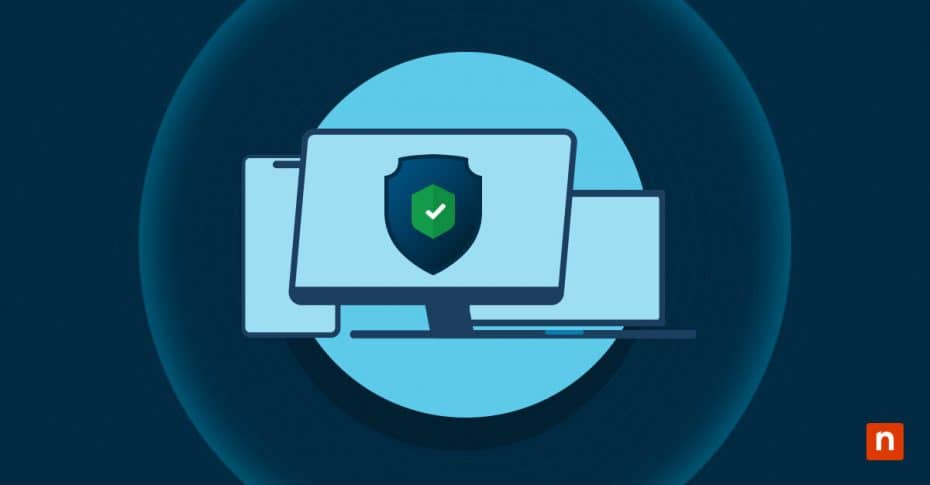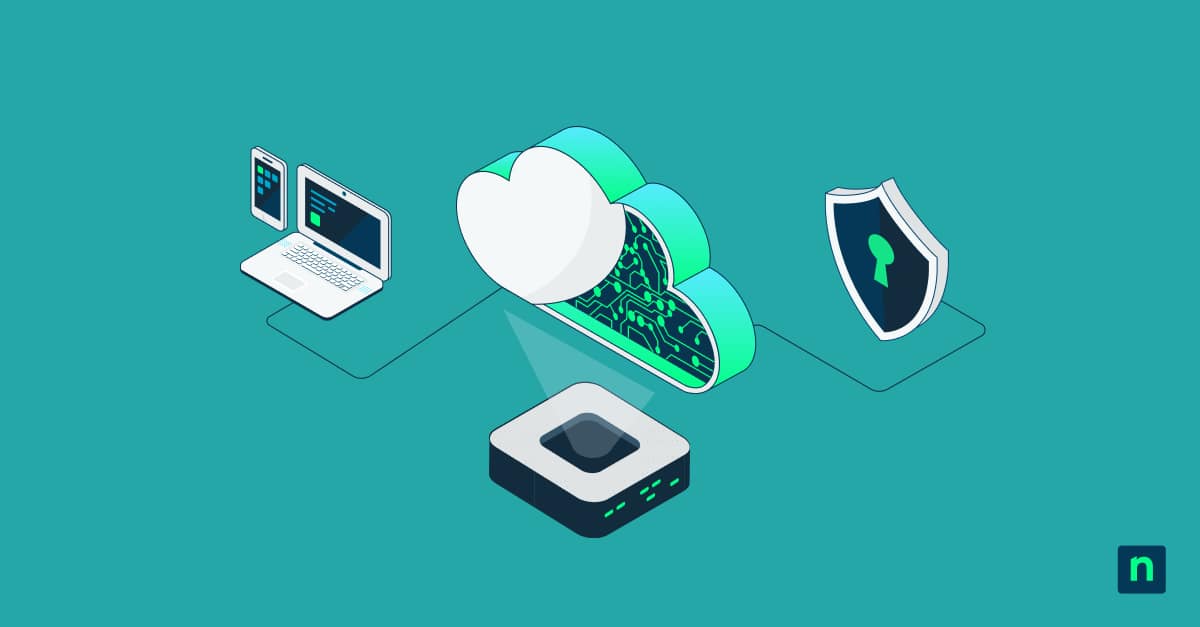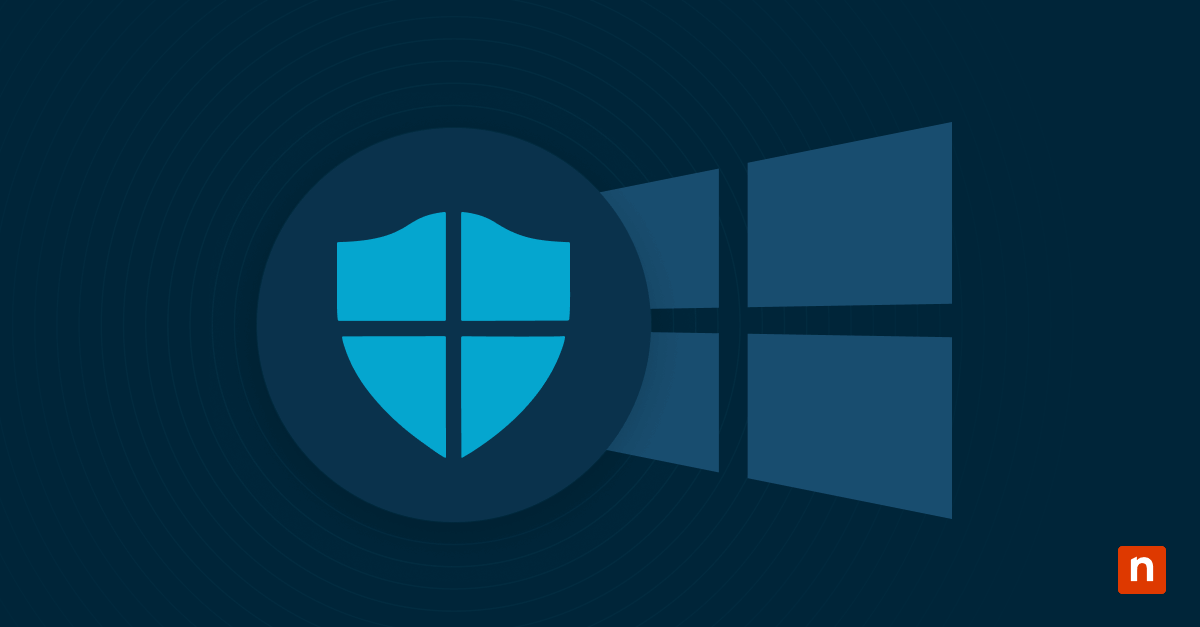Gaining insights into DCSync attacks is key to fortifying your Active Directory (AD) against these sophisticated threats. By exploiting legitimate AD replication protocols, attackers can discreetly extract sensitive information, such as password hashes and Kerberos tickets. Recognizing these attack vectors enables you to implement more effective monitoring and auditing tools, enhancing your overall security posture.
What is a DCSync attack?
A DCSync attack is a technique used by attackers to simulate the behavior of a Domain Controller (DC) to extract credentials and other sensitive information from the Active Directory. This attack leverages the Directory Replication Service (DRS) Remote Protocol to request replication data from an AD domain controller, effectively mimicking the replication process used by legitimate DCs. By doing so, attackers can obtain password hashes, secrets, and other critical data, posing a significant threat to organizational security.
In a DCSync attack, the attacker uses specific privileges, typically those of domain admin or other highly privileged accounts, to query the AD for replication. The attack is particularly dangerous because it doesn’t require malware to be installed on the target system. Instead, it exploits the AD’s inherent functionalities, making it challenging to detect without proper monitoring and auditing mechanisms.
Core components of a DCSync attack
Before diving into the core components of a DCSync attack, it’s important to recognize the sophistication and stealth of this method. Attackers who employ DCSync attacks exploit the very protocols that domain controllers use for legitimate purposes. This makes the attack particularly insidious, as it leverages normal network functions to carry out unauthorized activities.
By understanding how attackers manipulate these components, you can better fortify your defenses and safeguard your network from such covert threats. The primary components include:
- Privileges and permissions: To initiate a DCSync attack, the attacker must have administrative privileges or equivalent permissions. This allows them to request replication data from the AD.
- DRS Remote Protocol: This protocol is used by domain controllers to replicate data within the AD. Attackers exploit this protocol to mimic legitimate replication requests.
- Replication data: The data targeted in a DCSync attack includes password hashes, Kerberos tickets and other sensitive information stored within the AD.
Methods for DCSync attack prevention
Preventing DCSync attacks requires a multi-faceted approach that includes implementing strict access controls, monitoring, and auditing replication permissions and using robust authentication methods. Here are detailed strategies to prevent DCSync attacks:
Implementing strict access controls
One of the most effective ways to prevent a DCSync attack is by implementing strict access controls. Ensure that only necessary personnel have administrative privileges and limit the use of high-privilege accounts. You can use the principle of least privilege to restrict access to sensitive areas of the AD, and regularly review and update access permissions to ensure they are current and aligned with your organizational needs.
Monitoring and auditing replication permissions
Monitoring and auditing replication permissions is crucial for DCSync attack detection and prevention. Implement continuous monitoring of AD replication activities to identify any unusual or unauthorized replication requests and use tools that can audit and alert on changes to replication permissions. Conducting regular audits helps ensure that only authorized entities have permission to replicate your AD, reducing the risk of exploitation.
Using robust authentication methods
Strengthening authentication methods is another key aspect of DCSync attack prevention. Implement multi-factor authentication (MFA) for all administrative accounts to add an extra layer of security and ensure that passwords are complex and changed regularly. Using robust authentication methods makes it more difficult for attackers to gain the necessary privileges to initiate a DCSync attack.
Best practices to enhance security against a DCSync attack
Adopting these best practices for security can significantly enhance your defense against DCSync attacks:
Regularly updating and patching systems
Regular updates and patches are vital for protecting against vulnerabilities that could be exploited in a DCSync attack. Ensure that all systems, especially those related to your AD, are kept up to date with the latest security patches. This reduces the risk of attackers exploiting known vulnerabilities to gain the necessary privileges for a DCSync attack. Make it a standard procedure to apply patches as soon as they are released and automate this process wherever possible to ensure that no critical updates are missed.
Regularly review patch management policies to ensure they are comprehensive and effective. In addition to patching, it’s important to verify that updates have been correctly applied and that no systems are inadvertently missed during the update process. This can be achieved through automated compliance checks and periodic manual reviews.
Conducting frequent security assessments
Frequent security assessments help identify potential vulnerabilities and weaknesses within your AD environment. Conduct regular penetration testing and vulnerability assessments to uncover areas that need improvement. These assessments provide valuable insights into your security posture and help you take proactive measures to mitigate risks. It’s essential to include both internal and external assessments to get a holistic view of your security landscape.
Use the findings from these assessments to prioritize remediation efforts, ensuring that the most critical vulnerabilities are addressed first. Implementing a continuous assessment strategy can help maintain a high level of security readiness. Incorporate threat modeling exercises to understand potential attack vectors and how they might exploit specific vulnerabilities within your infrastructure. Regularly update your security policies and practices based on the insights gained from these assessments.
Training staff on security awareness
Educating your staff on security awareness is essential for preventing DCSync attacks. Provide regular training sessions on the importance of security and best practices for maintaining it. Ensure that employees understand the risks associated with privileged accounts and the steps they can take to protect sensitive information. A well-informed workforce is a critical component of a robust security strategy.
Incorporate real-world scenarios and case studies into your training programs to make them more engaging and relatable. Regularly update the training material to reflect the latest threats and security trends. Encourage a culture of security awareness where employees feel responsible for protecting organizational assets.
Improve organizational security with DCSync attack prevention
Implementing comprehensive DCSync attack prevention measures can significantly improve your organization’s overall security posture. By understanding the nature of DCSync attacks and adopting best practices, you can protect your sensitive data and maintain operational integrity. Here are the key benefits of effective DCSync attack prevention:
- Enhanced user experience: By monitoring and optimizing your AD environment, you can ensure a smooth and secure user experience. Preventing unauthorized access to sensitive data helps maintain user trust and confidence.
- Increased operational efficiency: Effective DCSync attack prevention reduces the risk of security breaches, leading to fewer disruptions and more efficient operations. With a secure AD environment, your organization can focus on core business activities without the constant threat of attacks.
- Better decision-making: Comprehensive visibility into AD activities and potential threats provides valuable insights for informed decision-making. Understanding the security landscape allows you to prioritize resources and efforts effectively, improving overall business agility.
By implementing strict access controls, monitoring replication permissions, using robust authentication methods, and adopting best practices for security, you can protect your organization from these sophisticated attacks. Regular updates, security assessments, and staff training are essential components of a comprehensive security strategy.
While improving your organizational security with effective DCSync attack prevention measures, you can ensure a secure and efficient operational environment, enhance user experience, and make better-informed decisions to drive business success.








